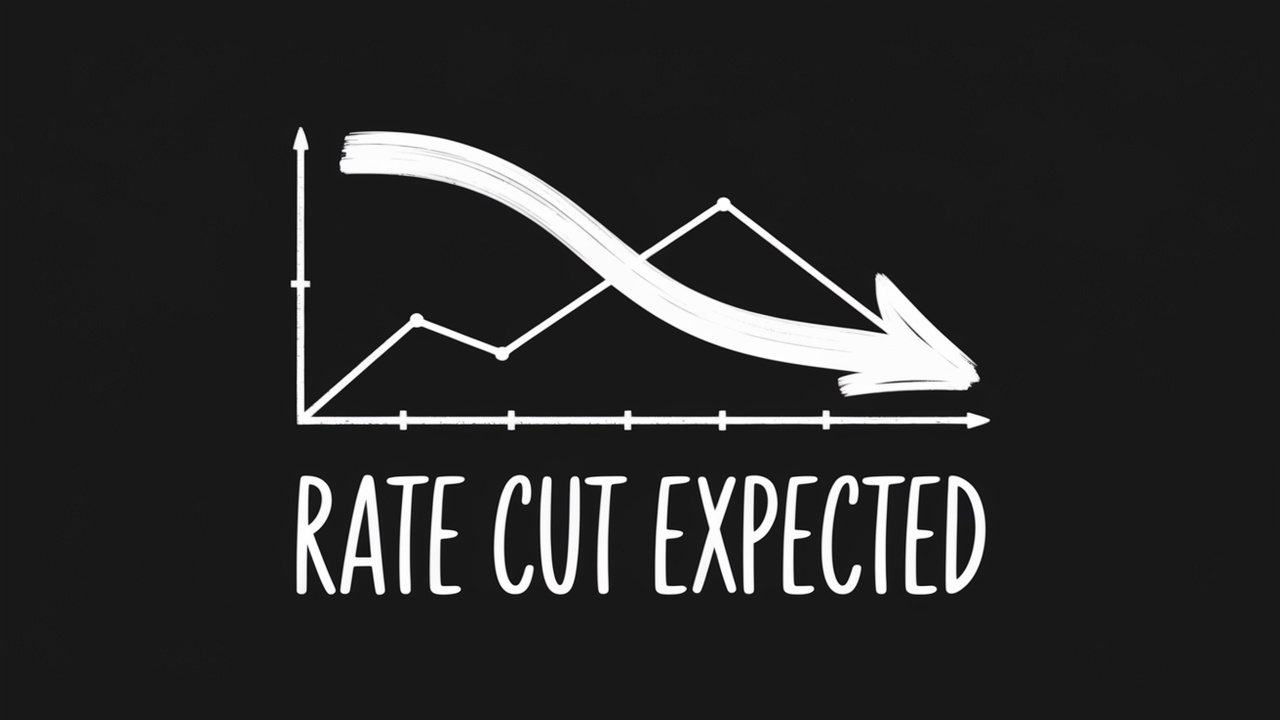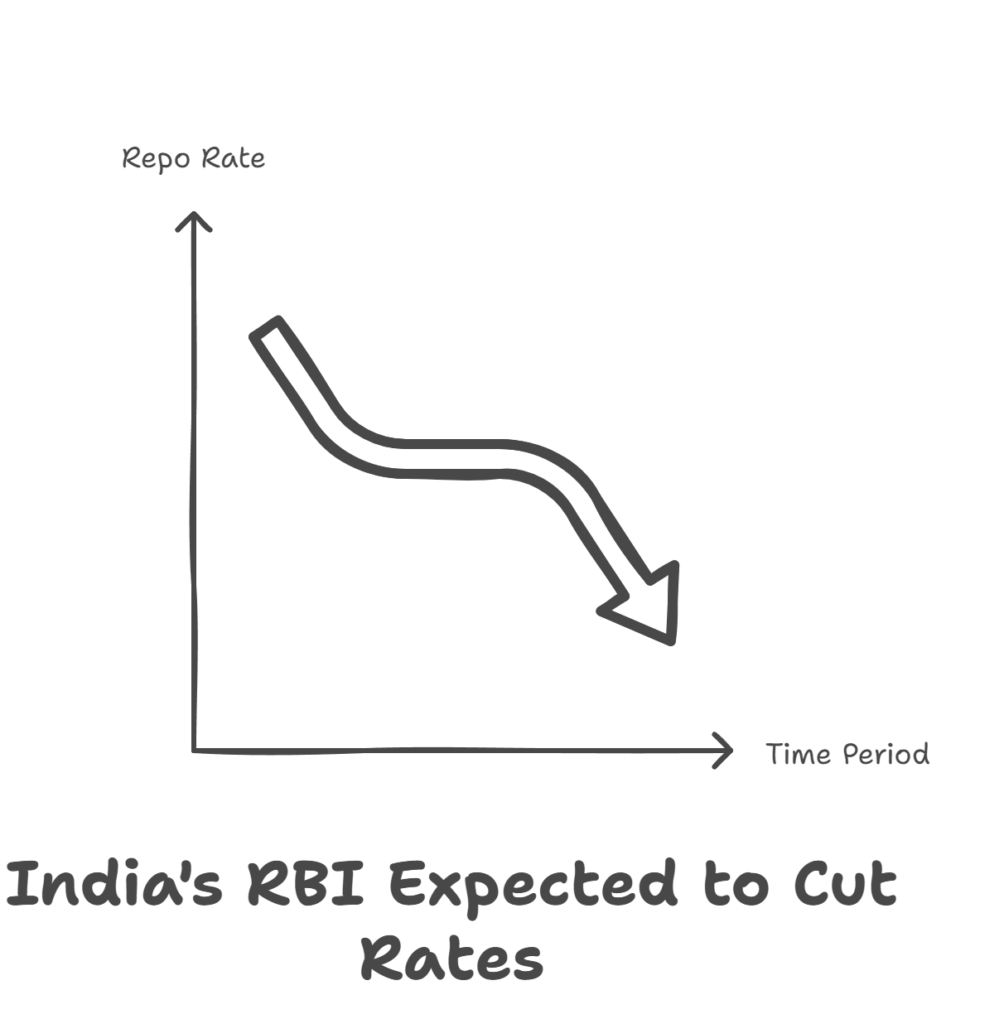RBI Set to Slash Rates Soon
MUMBAI — The Reserve Bank of India (RBI) is expected to cut interest rates in April and August 2025, according to a Reuters poll of economists released on March 27.

The decision, aimed at boosting India’s slowing economy, will mark the shortest easing cycle ever. It comes as inflation cools and growth needs a lift.
Why Rates Are Dropping
India’s economy is showing signs of strain. Growth slowed to 6.4% this fiscal year, the weakest in four years. Inflation, however, eased to 3.61% in February, below the RBI’s 4% target. This gives the central bank room to act. The poll predicts a 25-basis-point cut on April 9, dropping the repo rate to 6.00%. Another cut is expected in August, bringing it to 5.75%.

The RBI last cut rates in February, the first reduction in nearly five years. That move lowered the repo rate from 6.50% to 6.25%. Now, with economic growth lagging and inflation under control, experts see more cuts ahead. “The RBI has space to support growth,” said Sakshi Gupta, principal economist at HDFC Bank. “We expect two cuts this year.”
A Short Easing Cycle
This won’t be a long rate-cutting spree. The Reuters poll suggests just 75 basis points of cuts total—25 in April, 25 in August, and a possible third later. That’s the shortest cycle since the RBI started using the repo rate in 2000. Why so brief? Economists point to global risks. U.S. tariffs and a strong dollar could pressure India’s rupee, which hit 85.71 this week.
Liquidity is another factor. Banks are short on cash, with a deficit of 1.09 trillion rupees reported Monday. Rate cuts might not fully reach borrowers if banks can’t lend freely. Still, the RBI is signaling action. It injected $18 billion into banks last year and may do more. Lower rates could spark spending and investment, key for growth.
What’s at Stake
India’s GDP grew 8.2% in 2023-24, but this year’s 6.4% pace worries policymakers. Rural demand and a good harvest offer hope. Yet, urban consumption and corporate profits are weak. Cheaper loans could help. Homebuyers, car buyers, and businesses might borrow more if rates fall. The 10-year bond yield already dropped to 6.60%—a three-year low—showing markets expect relief.
Global headwinds loom large. U.S. President Donald Trump’s tariff plans could hit India’s exports. A weaker rupee makes imports costlier, possibly stoking inflation. The RBI’s $654 billion in reserves provide a buffer, but caution is key. “This is a shallow cycle,” Gupta added. “Global factors will limit how far rates fall.”
The central bank’s neutral stance, set in February, gives it flexibility. Some expect a shift to “accommodative” in April, signaling bolder moves. Others say the RBI will wait. Inflation is projected at 4.2% for 2025-26, near the target. If it stays low, more cuts could follow. But if global prices spike, the RBI might pause.
Looking Ahead
The April 7-9 meeting is critical. A 25-basis-point cut seems likely—54 of 60 economists agree. August’s cut hinges on how April plays out. Will lower rates jumpstart growth? Or will global risks derail the plan? The RBI’s next steps will shape India’s path. Businesses and borrowers are watching closely.
If successful, cheaper credit could lift India toward its $5 trillion economy goal by 2028-29. Housing, auto sales, and small businesses might see a boom. But the RBI must balance growth and stability. Too many cuts could weaken the rupee further. Too few might stall recovery. The world’s fastest-growing major economy is at a crossroads.
Analysts say the RBI’s moves will ripple beyond India. Lower rates could draw foreign investors if yields stay attractive. Yet, Trump’s trade policies add uncertainty. The central bank’s April decision will set the tone. For now, India braces for a short, sharp easing cycle—one that could make or break its rebound.